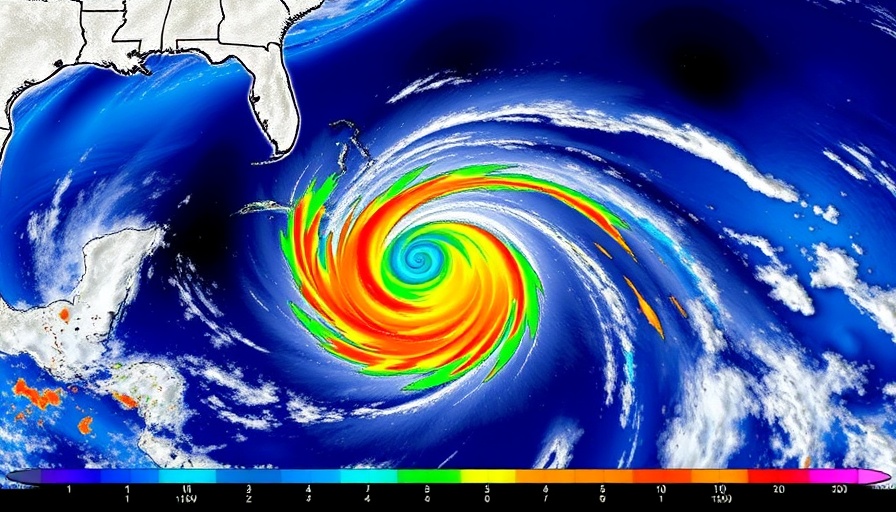
The Gulf of America to Face Potential Cyclone Development
Recent forecasts from the National Hurricane Center (NHC) indicate a higher likelihood of tropical cyclone formation in the Gulf of America by this week’s end. Computer models reveal a trough of low pressure off the Atlantic coast of northern Florida, prompting disorganized rain and thunderstorms which extend across southeastern parts of the U.S. and northwest Bahamas. Unlike the recent Chantal system, which shifted into the Carolinas, this new weather event is expected to take a different route, moving west across Florida and into the northeastern Gulf of America by Tuesday.
Forecasting the Unpredictable: Tropical Cyclones
While the National Hurricane Center assesses this tropical weather system, environmental conditions are anticipated to become favorable for gradual development as it progresses over the Gulf. The latest model forecasts, particularly from the GFS and ECMWF, point towards storm activity intensifying as it moves westward. Among these, the ICON model stands out by suggesting a stronger cyclone could hit the central Gulf coast later in the week. Clearly, meteorologists rely on a multitude of computer forecast models; their variances often highlight the unpredictable nature of cyclone forecasting.
The Importance of Technology in Weather Forecasting
The evolution of meteorological technology continues to redefine our understanding of storm patterns. While no singular model is infallible, data synthesis from multiple models—including contributions from global meteorological institutions—enhances prediction accuracy. This comprehensive approach is vital as seasonal forecasts suggest that 2025’s Atlantic Hurricane Season could be more active than usual.
Be Prepared: Rainfall and Flash Flooding Risks
Even if the cyclone does not fully develop, heavy rainfall remains a risk in Florida and the nearby Gulf Coast, with localized flash flooding becoming a distinct possibility. Meteorologists urge vigilance as rainfall amounts and distribution will only clarify once the weather system starts taking more defined shape. The NHC has currently assigned only a 20% probability to cyclone formation over the next seven days, underscoring the necessity for public preparedness regardless of what the forecasts might depict.
Climate Phases and Hurricane Season Insights
The Atlantic Hurricane Season, which runs from June through November, routinely fosters a climate of preparation and concern among coastal residents. With predictions pointing toward heightened storm activity this year, it reinforces the need for shelters, emergency plans, and resources. Engaging with local weather updates and understanding the science behind storm forecasting can spearhead better responses to potential weather threats.
In summation, while the models hint at potential tropical cyclone activity in the Gulf of America, residents should stay informed and take necessary precautions irrespective of the probabilistic predictions. Understanding these forecasts not only assists individuals in planning but also highlights how crucial technological advancements have become in weather forecasting.
 Add Row
Add Row  Add
Add 




 Add Row
Add Row  Add
Add 

Write A Comment